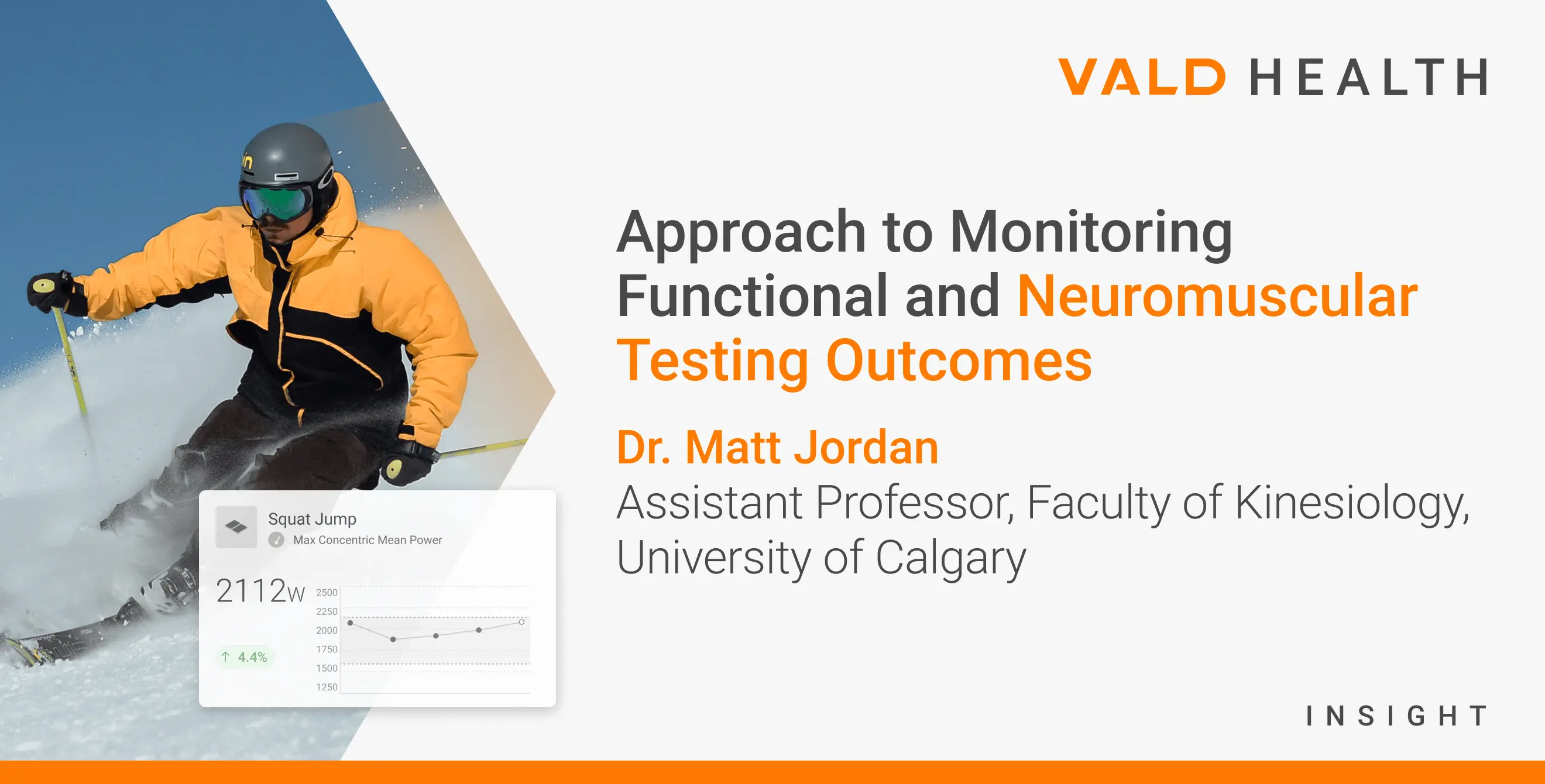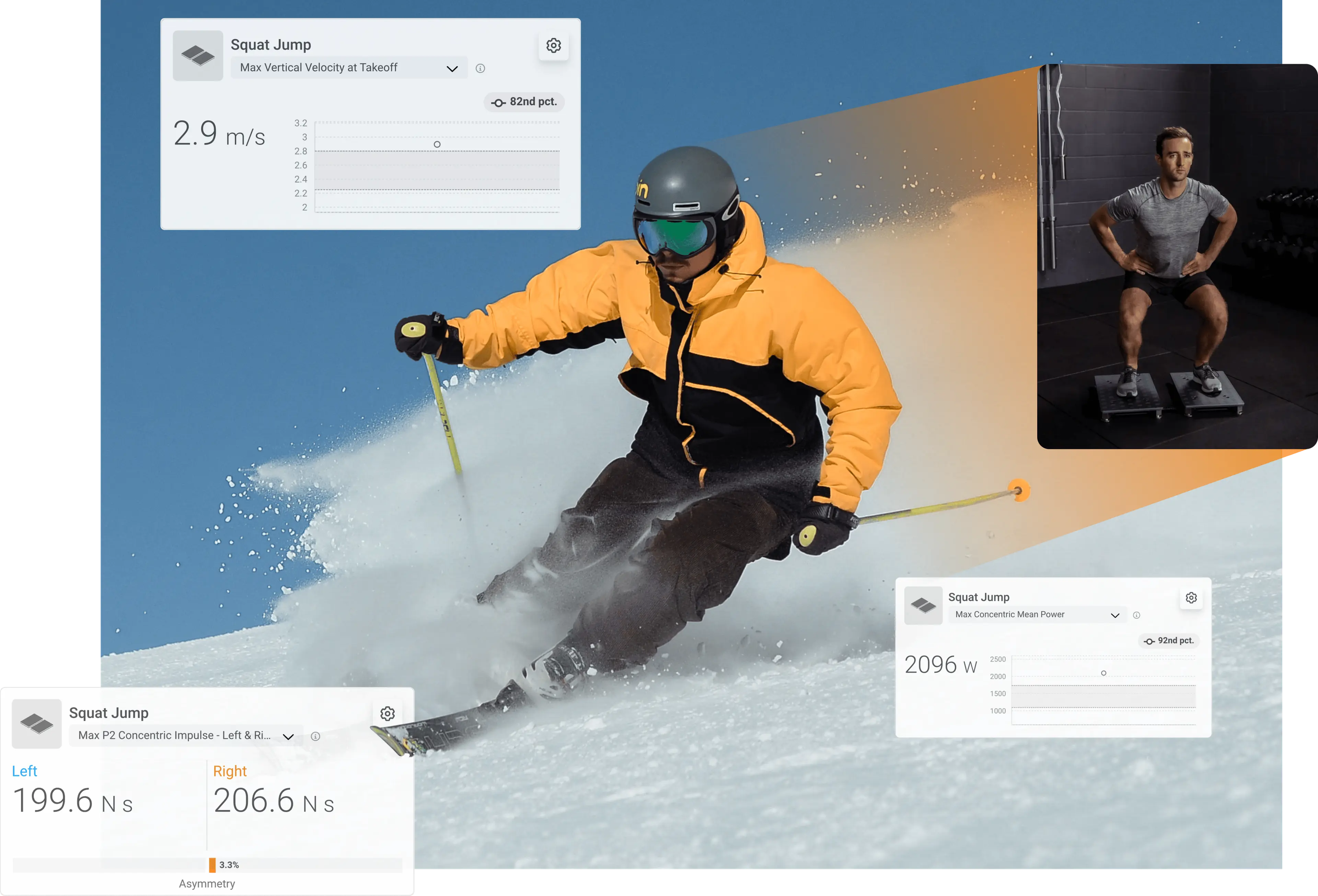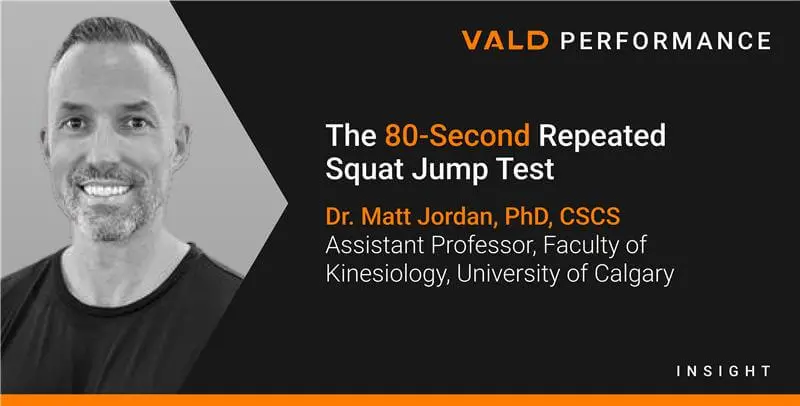Approach to Monitoring Functional and Neuromuscular Testing Outcomes
Available in:
EN
About the Author
Matt Jordan, PhD, CSCS, is a sport scientist and assistant professor in the Faculty of Kinesiology at the University of Calgary, where he works closely with the Sport Medicine Centre and U Sports athletics program, focusing on ACL rehabilitation and muscle power across the adult age span. He has six Olympic cycles of leadership experience building interdisciplinary performance teams and has consulted for elite athletes and organizations across the MLB, NBA, NFL and NHL.
With a track record of supporting over 30 Olympic and World Championship medalists, Matt specializes in applying sport science at the intersection of performance and sport medicine.
This case study forms part of the Practitioner’s Guide to ACL and explores how objective testing can be used to monitor neuromuscular recovery, assess asymmetries and support return-to-sport decisions following anterior cruciate ligament reconstruction (ACLR).

This novel, multidisciplinary case study includes several years of detailed analysis, including pre-injury and post-left ACLR neuromuscular testing, as well as training load data from an elite female alpine ski racer (Jordan et al., 2020).
A comprehensive suite of neuromuscular tests was used to track recovery milestones after ACLR. Specifically, we assessed force-velocity mechanics, countermovement jump (CMJ) function, stretch-shortening cycle mechanics, rapid force capacity and performance fatigability using the 80-second repeated squat jump test.
Interpreting Neuromuscular Testing in ACL Rehabilitation
Jump assessments offer valuable insight into an athlete’s functional capacity following an anterior cruciate ligament (ACL) injury, with CMJ and squat jump metrics providing windows into an athlete’s performance profile.
Jump assessments offer valuable insight into an athlete’s functional capacity following an ACL injury…
In this particular case, we focused on metrics such as eccentric deceleration impulse to ensure that the athlete had returned to their baseline, pre-injury levels. Once these benchmarks were achieved, we knew the athlete had restored their braking capacity in stretch-shortening cycle movements.

Comparison and application of the 80-second repeated squat jump test to alpine skiing.
While asymmetries had normalized early in the return-to-sport transition, CMJ mechanical power and limb stiffness were reduced compared to the pre-injury period, even at 18 months post-surgery.
While asymmetries had normalized early in the return-to-sport transition, CMJ mechanical power and limb stiffness were reduced compared to the pre-injury period…
This raises questions about the practice of strictly using the contralateral limb benchmark to achieve a 90% limb symmetry index (LSI), as it fails to account for the absolute reduction in leg power output.
To dive deeper into the effects of asymmetry and performance on this athlete, we used the 80-second repeated squat jump test. We developed this test to simulate a typical alpine ski race. It involves 20 maximal-effort squat jumps, each preceded by a 4-second isometric hold in a 90° squat position.
Demonstration of common changes in jump strategy when comparing fresh jumps to fatigued jumps.
Findings from the test suggested that the non-injured limb significantly compensated for the lack of capacity in the injured side. Early compensations during the squat jump test led to fatigue in the non-injured limb, resulting in lower asymmetry values but a less efficient, bimodal takeoff strategy.
Differences in the force trace between a takeoff phase that optimizes performance and one that shows clear performance deficits.
Key Findings and Clinical Implications
This case underscores the importance of dynamic assessments that reflect real-world performance conditions, especially for sports like alpine skiing, where neuromuscular function under fatigue is critical. This has implications for reinjury risk, especially for the uninjured side. The figure below shows how we represent the 80-second repeated squat jump test in our reporting.
This case underscores the importance of dynamic assessments that reflect real-world performance conditions…where neuromuscular function under fatigue is critical.
An 80-second repeated squat jump test graph depicting reduced jump performance and asymmetry over the course of the test.
Strength testing showed improved maximal strength in both ACLR and contralateral limbs, but the rate of torque development (RTD) remained below pre-injury levels, with little progress at 18 months. The non-injured limb weakened over time, reducing torque and narrowing asymmetry but raising concerns about overall bilateral strength.
Contralateral declines in strength and power masked ACLR deficits…[highlighting] the bilateral impact of ACL injuries [and] emphasizing the need to strengthen both limbs during rehabilitation…
Contralateral declines in strength and power masked ACLR deficits, indicating incomplete recovery. The results highlight the bilateral impact of ACL injuries, emphasizing the need to strengthen both limbs during rehabilitation to restore full function.
If you are looking to strengthen your approach to ACL rehabilitation through neuromuscular testing, asymmetry tracking and real-world application, explore our Practitioner’s Guide to ACL. For more information or to integrate VALD technology into your practice, reach out to our team here.
References
- Jordan, M. J., Morris, N., Lane, M., Barnert, J., MacGregor, K., Heard, M., Robinson, S., & Herzog, W. (2020). Monitoring the Return to Sport Transition After ACL Injury: An Alpine Ski Racing Case Study. Frontiers in Sports and Active Living, 2, 12. https://doi.org/10.3389/fspor.2020.00012

